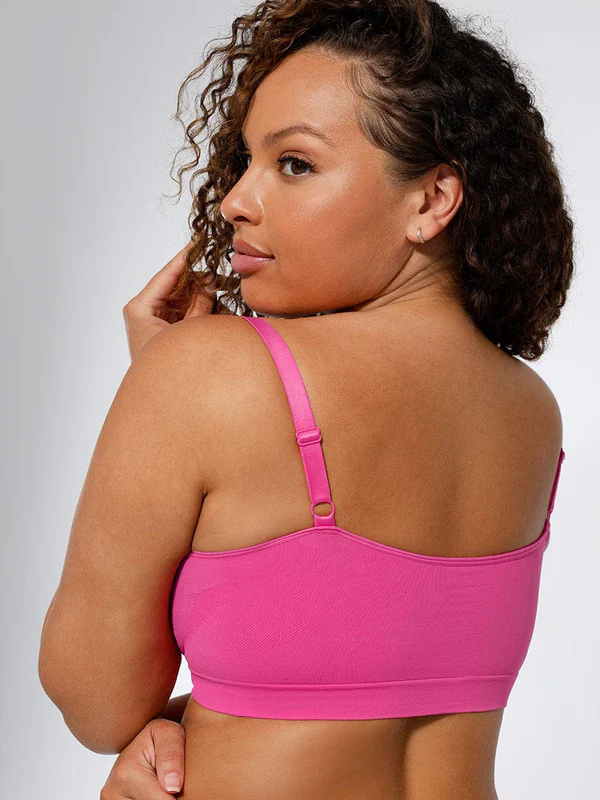Julia Mooney stood in front of a eighth-grade student’s classroom wearing her simple grey button-up dress.
This is the dress she wore yesterday.
She also wore it the day before.
In fact, she has been wearing it almost since the beginning of September.
In a project that attracted national attention, the 34-year-old art teacher at William Allen High School vowed to wear the dress every day for the first 100 days of her school.
Wednesday is the 47th day.
Mooney is trying to raise awareness of the so-called “over-culture” in the United States, which has made our closets full of clothes.
“There is no rule anywhere that we have to wear different things every day,” she said. “Why do we ask each other this? Why do we ask everyone to wear different things every day, buy more clothes, and invigorate this fast and fashionable culture?”
Mooney is not alone. She hopes to generate discussion among students, friends and colleagues about peer pressures faced by children in order to purchase the latest fashions and the sustainability of their “consumption, consumption, consumption” habits. But she has found herself at the center of a broader national dialogue around the so-called “sustainable fashion”.
Calling it the opposite of fast fashion, this cheap, fast-moving, fashion-looking garment has been flooding store shelves in recent years and allowing consumers to expand and quickly update wardrobes.
Sustainable fashion means wearing environmentally friendly clothing, buying less but well-made clothing, dressing more often, and ensuring that the garment is eventually recycled.
“It’s more like a mass movement,” says fashion consultant Greta Eagan, author of “Wearing Nothing: How to Change the World with Your Wardrobe”. “It is spreading to the general public beyond the ‘green and clean’ people.”
Eagan’s blog on environmentally friendly clothing on fashionmegreen.com said that the sustainable fashion movement is moving along the path of organic food and cleansing and beauty movements in recent years, starting from the edge and eventually becoming mainstream.
At first, people began to pay more attention to their sustainability and health in the body. Then they began to pay attention to what they were. Now they are considering more about covering the sustainability of the body.
“Fashion, I always like to say, is the last frontier,” Egan said.
The apparel industry has long been criticized for its waste – not just from the outside.
Eileen Fisher, the top American fashion designer, is known for calling his industry the world’s second-largest polluter, second only to the oil industry.
“This is a very annoying thing,” she said in an event in 2015 that she expressed her commitment to the cause of the environment. “This is a mess.”
Industry critics say that many garments are made from materials that are harmful to people and the environment. Textile manufacturers use water that is often contaminated with bleach, solvents, acids, bases, dyes and resins.



